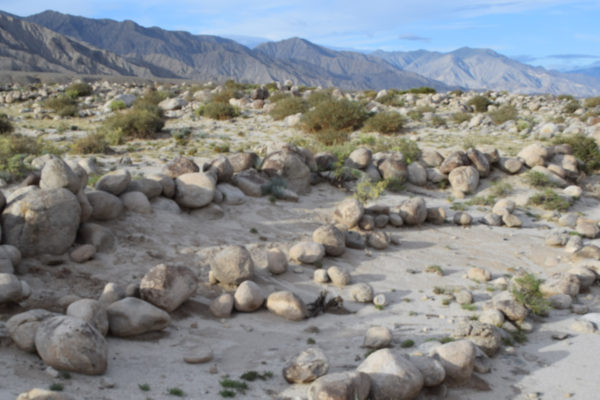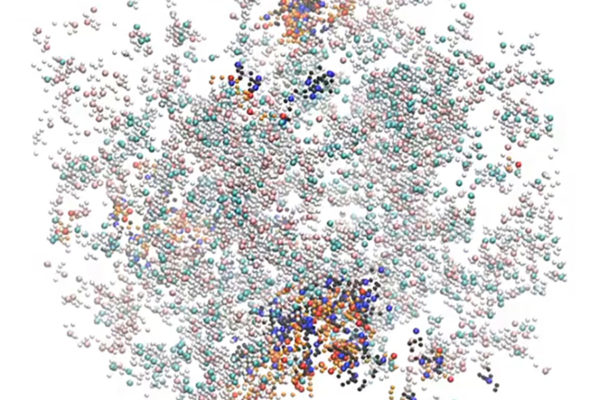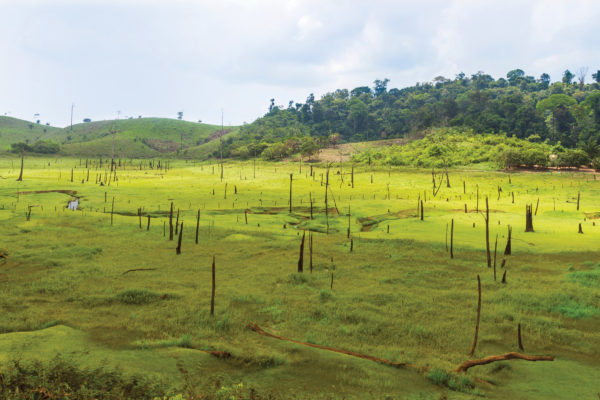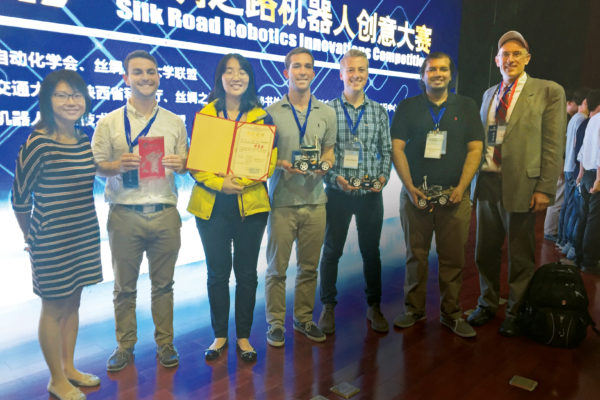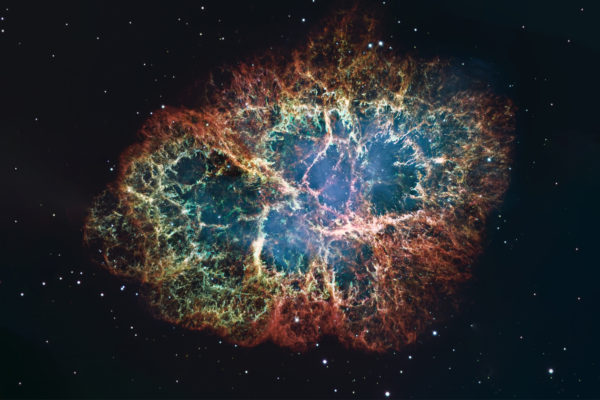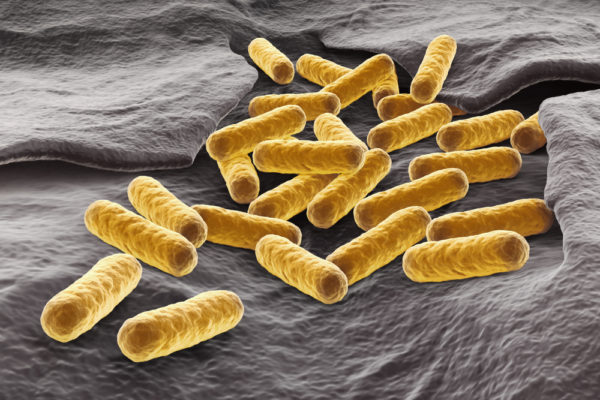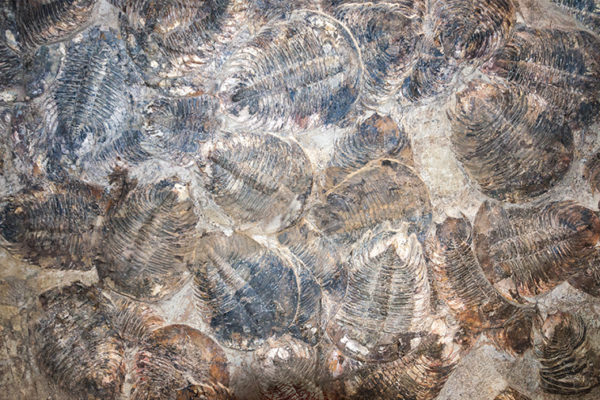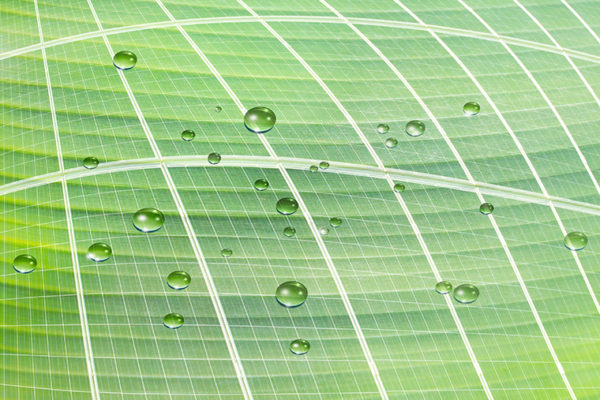Did ancient irrigation technology travel Silk Road?
Using satellite imaging and drone reconnaissance, archaeologists from Washington University in St. Louis have discovered an ancient irrigation system that allowed a farming community in northwestern China to raise livestock and cultivate crops in one of the world’s driest desert climates.
Researchers discover higher environmental impact from cookstove emissions
Millions of Asian families use cookstoves and often fuel them with cheap biofuels to prepare food. But the smoke emitted from these cookstoves has a definite, detrimental environmental impact, particularly in India. New research from Washington University in St. Louis offers a clearer picture of the topic’s true scope.
Uncovering the design principles of cellular compartments
Membraneless organelles are tiny droplets inside a single cell, thought to regulate everything from division, to movement, to its very destruction. New research from engineers at Washington University in St. Louis uncovers the principles underlying the formation and organization of membraneless organelles.
The problem with food
The way we’re feeding ourselves is devastating rainforests, widening waistlines, exploiting small landholders and causing thousands of pounds of food to go to waste. Alumni and Washington University researchers are working hard to change how we put food on our table.
Three questions with Dean Barbara Schaal on why science matters
As past president of the American Association for the Advancement of Science, the world’s largest general scientific society, Schaal often advocates for scientific funding. Here, she explains why science is a good investment.
Herby goes to China
Five students from WashU’s school of Engineering & Applied Science put their technical chops to the test in China this summer when they competed in the Silk Road Robotics competition.
Reaching for neutron stars
A cross-disciplinary team from chemistry and physics in Arts & Sciences at Washington University in St. Louis has discovered both a framework to predict where neutrons will inhabit a nucleus and a way to predict the skin thickness of a nucleus.
New pathways, better biofuels
New research from an engineer at Washington University in St. Louis stitches together the best bits of several different bacteria–including a virulent pathogen–to synthesize a new biofuel product.
Oxygen levels link to ancient explosion of life
A team of researchers, including a faculty member and postdoctoral fellow from Washington University, found that oxygen levels appear to increase at about the same time as a three-fold increase in biodiversity during the Ordovician Period, between 445 and 485 million years ago, according to a study published Nov. 20 in Nature Geoscience.
Water world
Three Washington University in St. Louis scientists studied the great granddaddy of all photosynthetic organisms — a strain of cyanobacteria — to develop the first experimental map of that organism’s water world.
Older Stories
